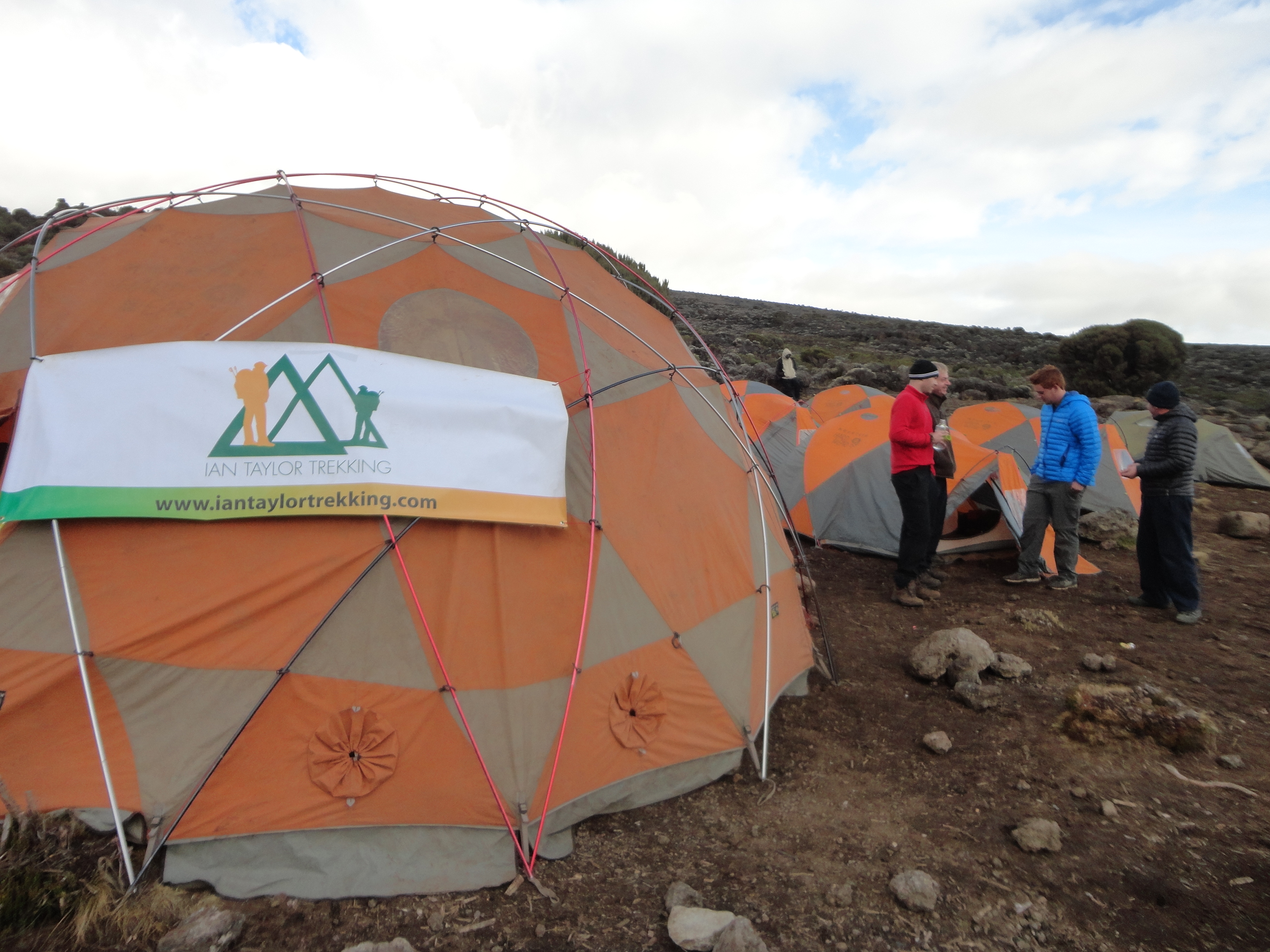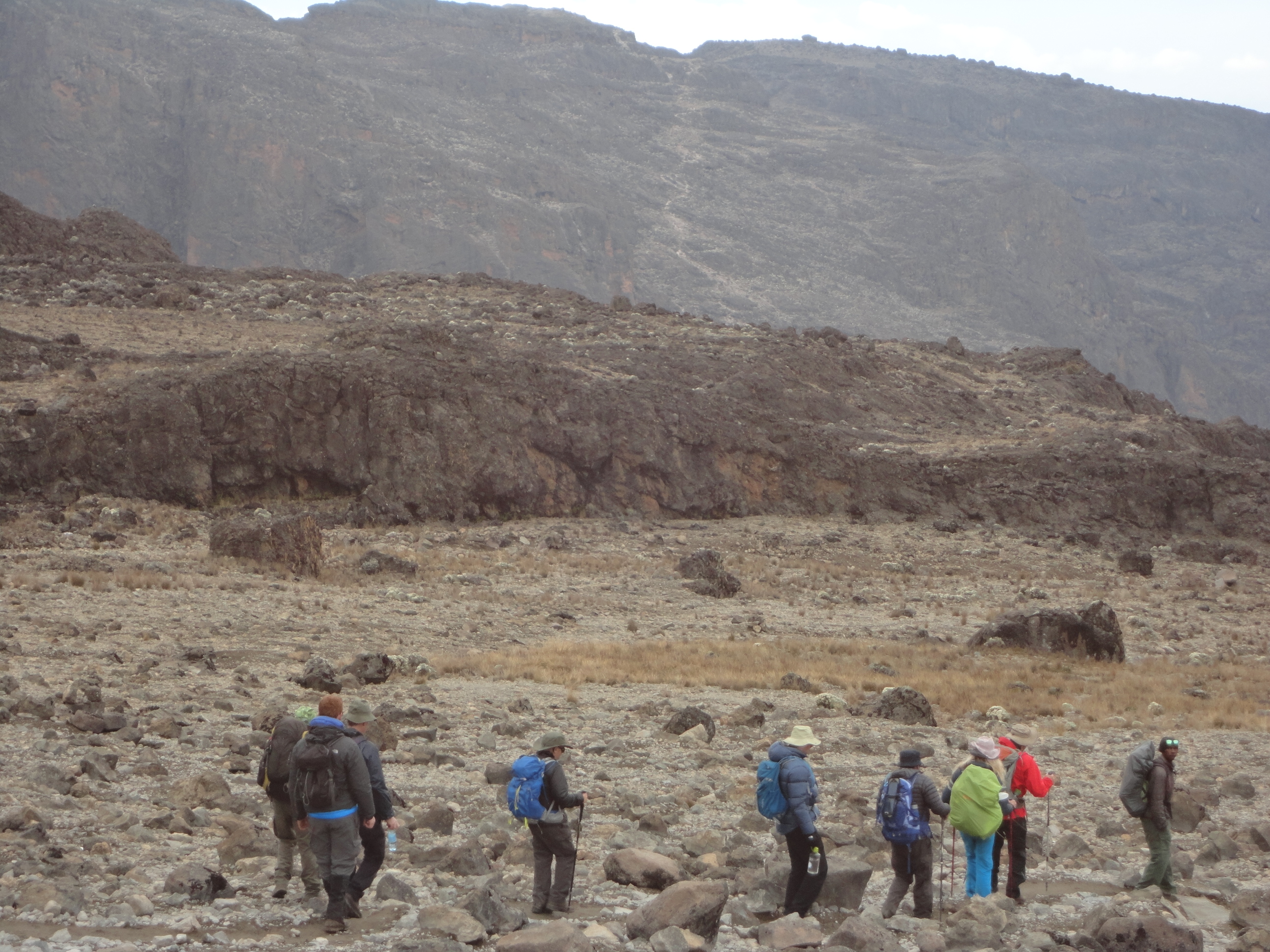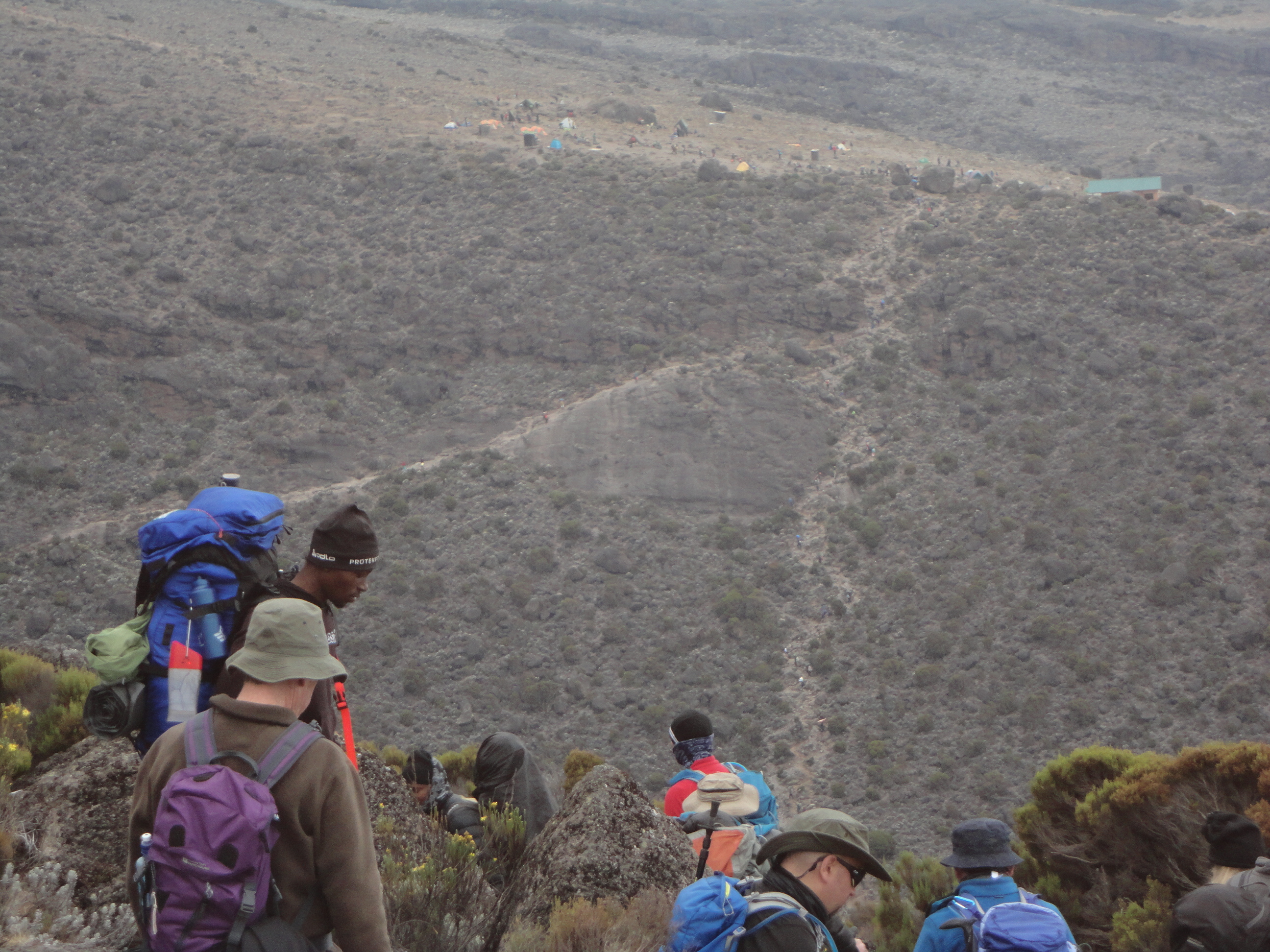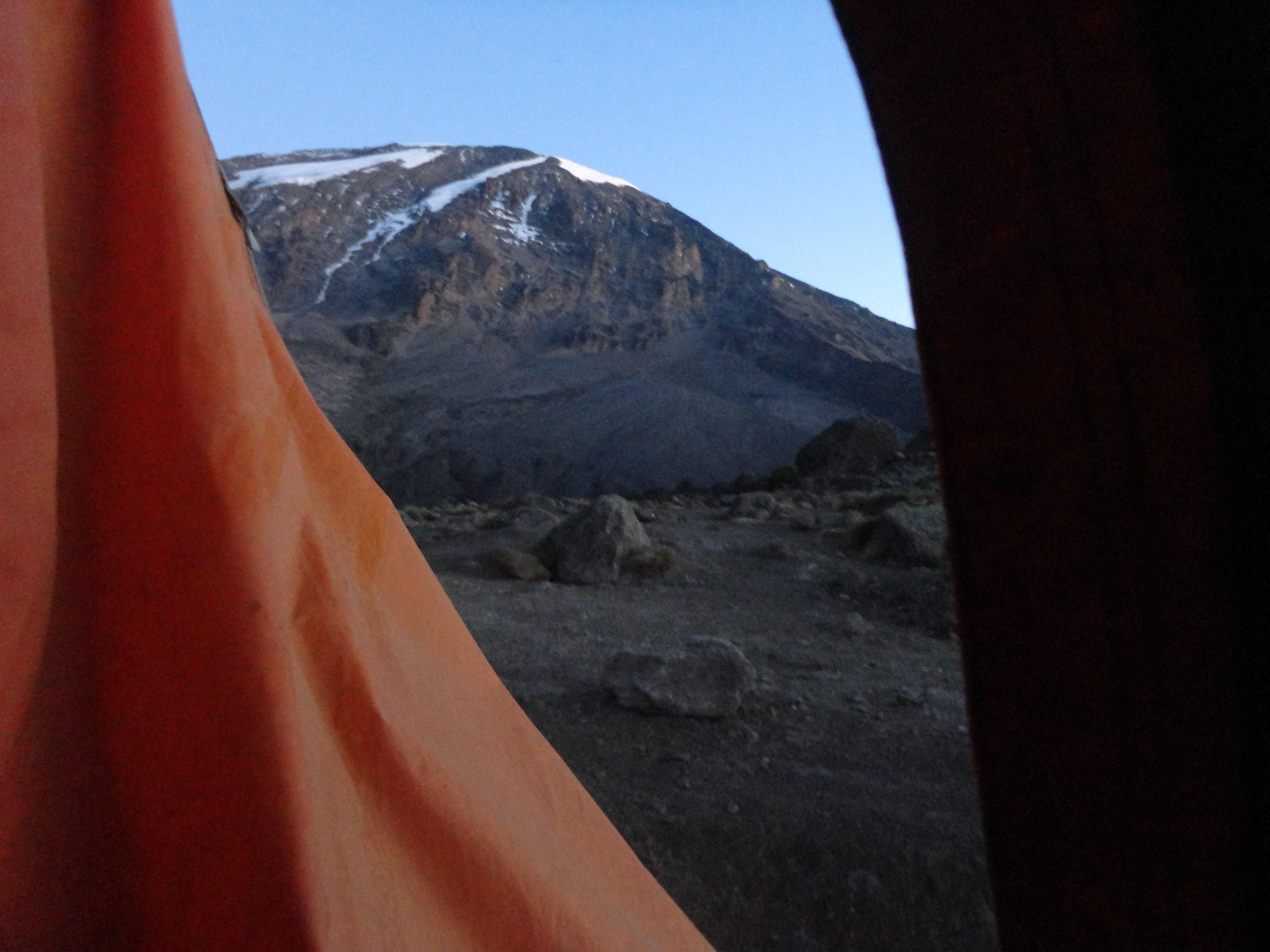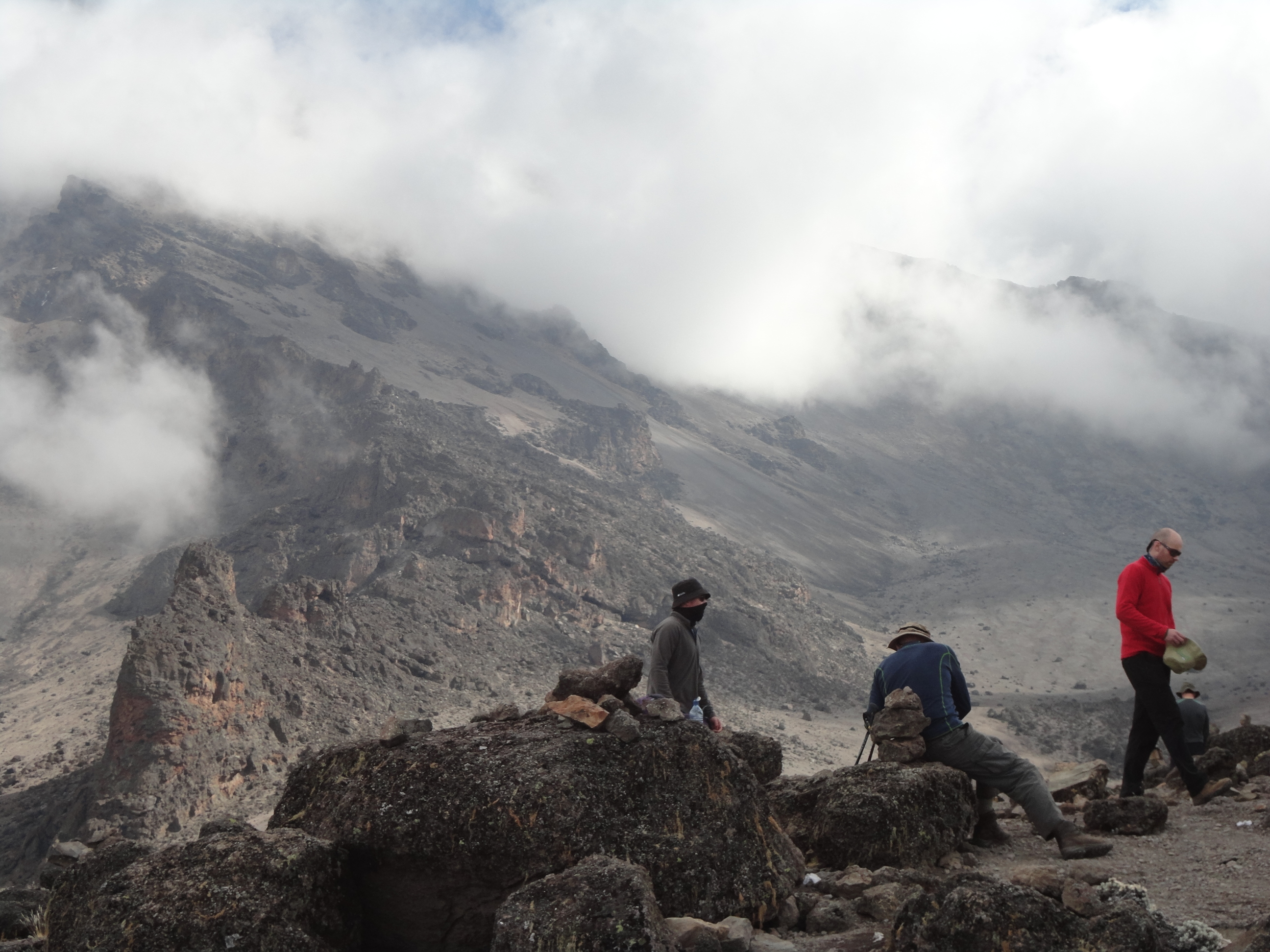The best acclimatization advice for Climbing Kilimanjaro is very simple. Take more time. It does costs more money each day you are on the mountain, but trust us, it makes all the difference. This is a once in a lifetime adventure, do it right. Without a doubt, more acclimatization means better safety. The additional time on Kilimanjaro will give you an easier ride to the summit and get you back down safely. Because of this, we highly recommend a minimum of 8 days on Kilimanjaro. Ian have climbed Kilimanjaro over 35+ times and led hundreds of trips above 18,000 feet. LEARN MORE about climbing Kilimanjaro.
The Best Acclimatization for Climbing Kilimanjaro
All your body needs is more oxygen when climbing in a low oxygen environment. Spend more time creating red blood cells and, as a result, your body will be warmer and more efficient at carrying oxygen. This will ultimately give you an easier and safer climb to the roof of Africa. Don’t be fooled by the cheap, shorter and less professional Kilimanjaro climbs. READ SOME REVIEWS from our trips.
In any given season, the summit success rate on Kilimanjaro is between 55% to 60%. Why travel all the way to Africa and fail to reach the summit simply because you picked a cheap trip with poor acclimatization.
How to be Successful on Kilimanjaro
To be successful you need a lot of things to go your way. Firstly, the acclimatization for climbing Kilimanjaro should be your number one concern. Secondly, you MUST come physically prepared. READ MORE about our training advice. Check our our TOP 50 TIPS for climbing Kilimanjaro.
Fail to Prepare…Prepare to Fail
READ A POST from Michelle who failed to climb Kilimanjaro on her first attempt. Because of this, she choose to make her second attempt with Ian Taylor Trekking. We had a longer trip, with more acclimatization, and she was successful! You don’t want to rush this journey. Take your time to take in this unique mountain experience with some amazing people.
Strength and Endurance for Trekking is Required
You need to have excellent physical conditioning to complete Kilimanjaro successfully. If you sign up to one of our climbs, not only will give you the tools to success, but we will also help you prepare. We are available to you 5 days a week when we are not on trips. We want to make sure you have the correct information to be successful on the climb. Building your fitness, strength and endurance are all essential in your preparations. We will help you fully prepare for your Kilimanjaro climb.
The key to success is getting the acclimatization schedule correct. We have led over 2,000 people to the summit of Kilimanjaro with a 95% success rate on our 8 day climbs. For over a decade we have been running quality Kilimanjaro expeditions. We have led Kilimanjaro climbs in 5,6,7,8 and 9 days, and there is a noticeable difference in how people adapt and perform at altitude on a 6 day trip or an 8 day trip. Because of this, we prefer eight day climbs.
Good Acclimatization Should be your Number 1 Concern
The best acclimatization for climbing Kilimanjaro needs to have a minimum of 8 days on the mountain. What this means on Kilimanjaro is that you need 5 nights sleeping below 4,000m/ 13,123 feet, before moving higher on the mountain. Research suggests that you will need more time to adjust to the lack of oxygen at 3,500m/ 11,500ft. In order to adjust and acclimatize to low oxygen, your body needs time. If you fail to acclimatize well lower down, then you will struggle higher up. Which means you are taking big risks by moving higher. We have the best itinerary with the best service and acclimatization. For this reason, hundreds of people each year are choosing us for their Kilimanjaro climbs. Check out our TOP 10 TIPS for a successful Kilimanjaro climb.
Acclimatization, Acclimatization, Acclimatization
You should be spending five nights below 4,000m/ 13,123 feet on Kilimanjaro. This level of acclimatization gives you the best chance of making a successful ascent. Above 5,500m/ 18,044 feet you enter the lower levels of the death zone. To clarify, this means your body will slowly be dying above this height and can not fully adjust to the low levels of oxygen. Having better acclimatization lower down helps you reach the summit and get safely back down below 5,500m/ 18,044 feet quickly is very important. This can only be achieved by having the right acclimatization.
Lack of Oxygen in the Body is one of the Challenges
While climbing Kilimanjaro your muscles will be working with 30% to 50% less oxygen. You have to make sure you acclimatize correctly in the early stage of the trek so your body is able to move higher. We can not stress this enough.
Follow the Research
For two years, early on, we ran most of our trips on the Machame Route. The safety and success rates were not as good as the Lemosho Route. Therefore, we decided to run the majority of our trips on the Lemosho Route. If people show up prepared we usually get 100% success on most of our Lemosho Route trips. We test our clients oxygen levels and heart rate twice a day to see how they are coping with the lack of oxygen. Through this research, it shows a big different between spending 7 and 8 days on Kilimanjaro. That is why we prefer to only run 8 day climbs on Kilimanjaro.
Lemosho Route in 8 Days is the Best Way
With years of experience running trips on Kilimanjaro, we have come up with the best recipe for success. The 8 Days on the Lemosho Route is the only way to run Kilimanjaro climbs. Added nights on the mountain makes all the difference. We are getting the best results from our Kilimanjaro climbs. With a 95% success rate on climbs, our clients are enjoying their adventure and getting more from the experience. We continue to do research on all our trips in Nepal, Kilimanjaro and around the world. Making sure safety is at the core of what we do. CONTACT US for further information.



